In the grand tapestry of India's cultural and spiritual legacy, the Kumbh Mela stands as a timeless confluence of faith, tradition, and human endeavor. But amid the sea of millions gathered for religious sanctity, a silent yet powerful revolution in public health is taking shape—Netra Kumbh 2025. This unparalleled humanitarian initiative has emerged as the world's largest temporary eye healthcare camp, earning recognition from both the India Book of Records and the Asia Book of Records. Beyond its medical impact, Netra Kumbh aligns with 12 out of the 17 Sustainable Development Goals (SDGs), reinforcing its role in human development and global health equity.
A Legacy of Sight: Transforming Lives Since 2019
The journey of Netra Kumbh is not new. It has been a defining force in addressing preventable blindness in India. During Kumbh 2019, over 200,000 pilgrims benefitted, with 155,000 glasses distributed and 23,000 surgeries conducted. Even in the challenging times of Ardh Kumbh 2021, amidst the pandemic, 48,000 pilgrims received care, and 38,000 spectacles were distributed. With each edition, this initiative has expanded in scale, efficiency, and outreach.
In 2025, Netra Kumbh reached new heights of impact. A record-breaking 2,37,169 individuals underwent comprehensive eye screenings, ensuring early detection and timely intervention for various vision impairments. The initiative facilitated the distribution of 1,62,925 spectacles, providing instant vision correction and enhancing the daily lives of thousands. Additionally, 17,038 patients were identified for further treatment and surgeries, emphasizing the long-term commitment of Netra Kumbh to eradicating preventable blindness. The magnitude of these achievements underscores the initiative’s evolution into a robust, large-scale healthcare intervention, effectively transforming the landscape of eye care in India.
A Holistic Public Health Mission: More Than Just Eye Care
Netra Kumbh 2025 is not just a medical camp; it is an integrated public health movement that brings together healthcare, service, and community participation. The camp has been meticulously structured to ensure world-class medical services for both pilgrims and volunteers, with designated halls serving various functions. Screening halls like Rajju Bhaiya OPD 1 and Bhaurao Ji Devras OPD 2 ensure streamlined eye check-ups, while the Shri Radchhordas Ji Bapu Hospital Hall manages the distribution of spectacles. Pilgrims and volunteers have access to well-furnished dormitories such as Ahilyabai Holkar Niwas specifically for female volunteers (commemorating her 300th anniversary), while Ganga Niwas, Yamuna Niwas, and Saraswati Niwas provide accommodation for other volunteers and staff. For healthcare professionals, Bhagwan Dhanvantari Niwas offers dedicated lodging. Additionally, Chandra Shekhar Hall is designated for welcoming guests, while Sants Soordas Sabhagar serves as a seminar hall hosting discussions on knowledge, spirituality, and service. Annapoorna Prasadam Hall ensures that thousands receive three wholesome meals daily, managed by ISKCON under the guidance of Guru Gaurang Das, reinforcing the spirit of sewa (selfless service) deeply embedded in Bharatiya civilizational values. This state-of-the-art facility is a testament to how faith-driven community efforts can create sophisticated, large-scale healthcare interventions, making Netra Kumbh a one-of-its-kind global model for temporary yet highly efficient medical outreach programs.
Aligning with Global Health Goals: Covering 12 out of 17 SDGs
Netra Kumbh 2025 exemplifies the power of healthcare initiatives in driving global progress by addressing vision impairment and its socio-economic implications. It aligns with the United Nations’ Sustainable Development Goals (SDGs) in multiple ways. SDG 3 (Good Health and Well-Being) is at the core of this initiative, ensuring access to free eye checkups, corrective measures, and awareness programs to prevent blindness. By improving vision, Netra Kumbh also contributes to SDG 4 (Quality Education), as children with corrected vision are more likely to succeed academically, breaking cycles of poverty and dependence. Moreover, by restoring sight, individuals can return to work, contributing to SDG 8 (Decent Work and Economic Growth), improving productivity, and reducing financial dependence on families and social support systems. SDG 10 (Reduced Inequalities) is also realized through the initiative’s commitment to providing quality eye care services to marginalized communities, bridging the vast gap in healthcare accessibility. Furthermore, the success of Netra Kumbh is driven by extensive collaborations between government agencies, NGOs, medical institutions, and corporate partners, aligning perfectly with SDG 17 (Partnerships for the Goals). This collective effort showcases how large-scale healthcare initiatives, when aligned with developmental goals, can foster inclusive growth and holistic well-being.
Socio-Economic Impact: Restoring Vision, Restoring Livelihoods
While the scale of Netra Kumbh is reflected in its numbers, the true measure of its impact is in the lives it transforms. India has over 35 million people with visual impairments, with 1.25 crore classified as visually disabled. Many of these cases stem from preventable conditions such as cataracts and refractive errors, which significantly limit an individual’s ability to earn a livelihood, pursue education, or engage in everyday activities. Through timely interventions, Netra Kumbh is enabling a shift in this narrative. Restoring sight allows daily wage workers to regain their capacity to earn, ensuring financial stability and reducing dependency. It also enhances educational opportunities for children, helping them perform better academically and unlocking brighter futures. Beyond direct medical care, Netra Kumbh fosters a culture of preventive healthcare, emphasizing the importance of regular checkups and encouraging corneal donations to support long-term solutions for visual impairments.
A Global Footprint: Beneficiaries from Across Continents
Netra Kumbh 2025 has not only catered to pilgrims from all Indian states and Union Territories but has also extended its humanitarian reach beyond borders. Over 1,500 beneficiaries from countries across the Indian subcontinent, Europe, and the Americas have availed themselves of its services. This international participation underscores the global relevance of accessible and quality eye healthcare. Unlike any other temporary healthcare initiative worldwide, Netra Kumbh combines efficiency, large-scale reach, and world-class medical infrastructure in a short period, making it a replicable model for future public health interventions. The seamless execution of this initiative reflects India's capability to lead in humanitarian healthcare, setting a benchmark for countries looking to integrate medical services within cultural and religious congregations.
A Feat Acknowledged Worldwide
The monumental success of Netra Kumbh 2025 has earned it a place in history. Both the India Book of Records and the Asia Book of Records have recognized it as the world’s largest temporary eye healthcare camp. This recognition not only validates the scale and impact of the initiative but also highlights India’s capacity to lead the world in innovative and compassionate healthcare solutions.
A Model for Future Public Health Interventions
Netra Kumbh 2025 is not just an event; it is a scalable and replicable model for integrating healthcare services into cultural and religious congregations. With its seamless medical infrastructure, committed volunteer network, and deep-rooted philosophy of service, it has set a new benchmark in public health interventions. As we move forward, the legacy of Netra Kumbh 2025 will continue to inspire similar initiatives, ensuring that vision impairment never becomes a barrier to human potential. By aligning faith with service and healthcare with community welfare, Netra Kumbh has illuminated the path towards a healthier, more equitable world.
The article has been authored by Ms. Hemangi Sinha, Project Head at the World Intellectual Foundation, and Pravin Kumar Singh, Senior Project Associate at the World Intellectual Foundation.








 OpinionExpress.In
OpinionExpress.In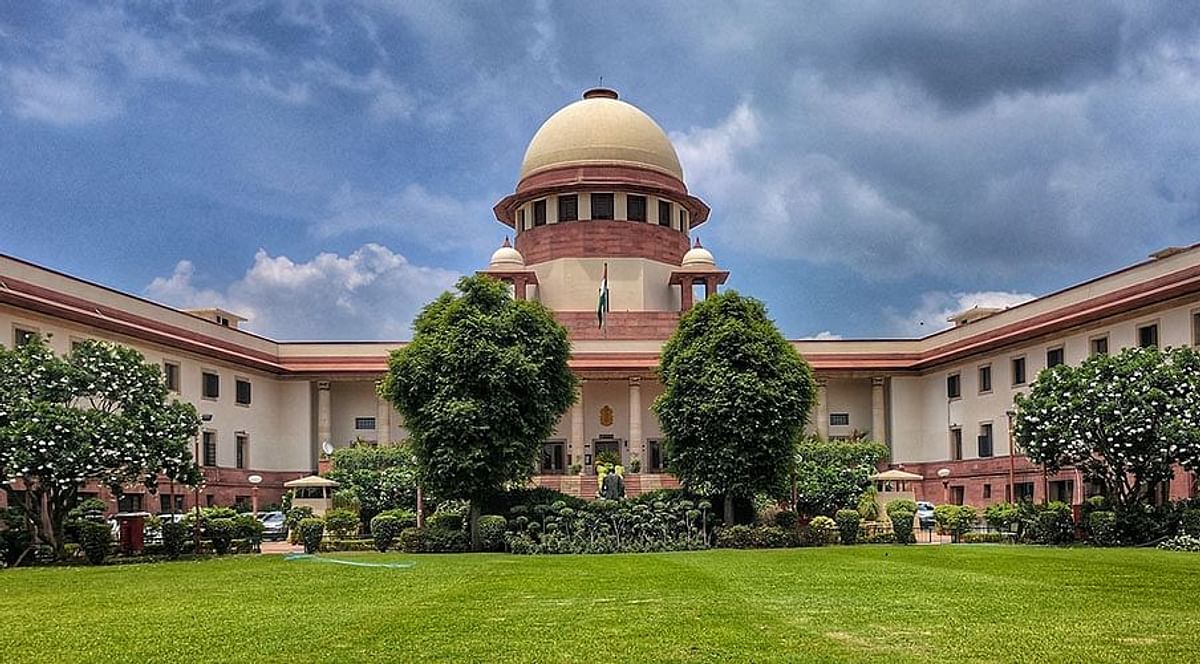
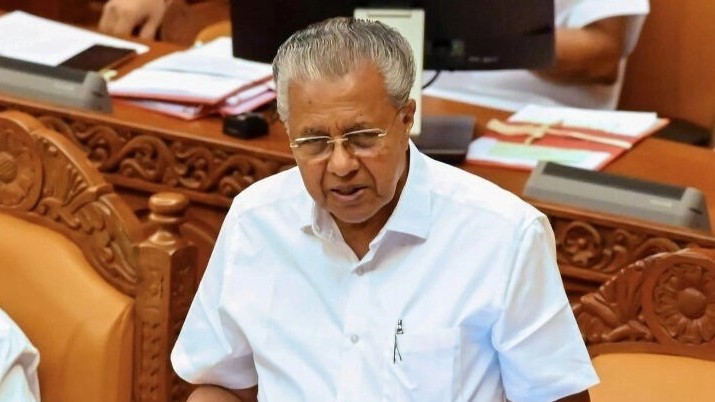
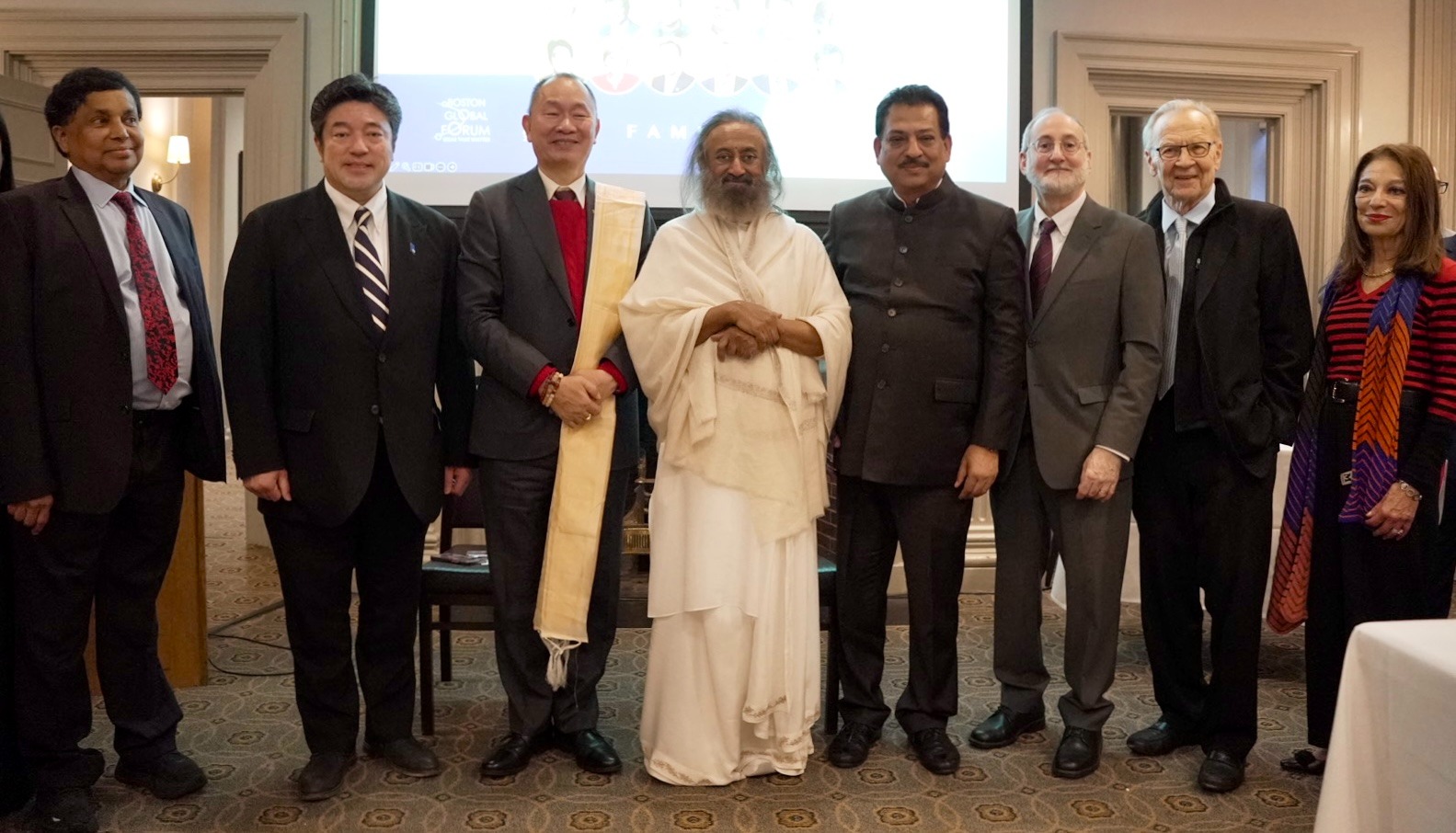
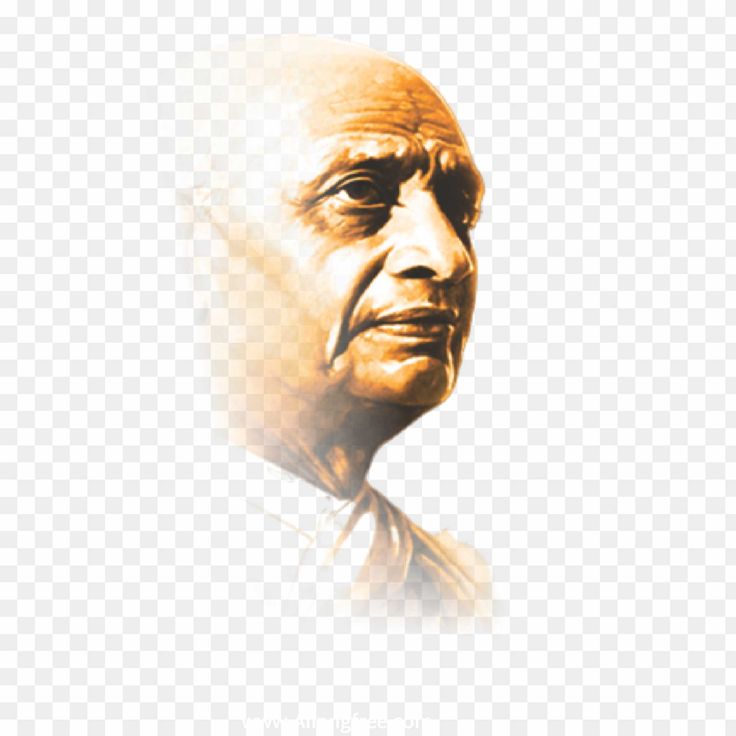
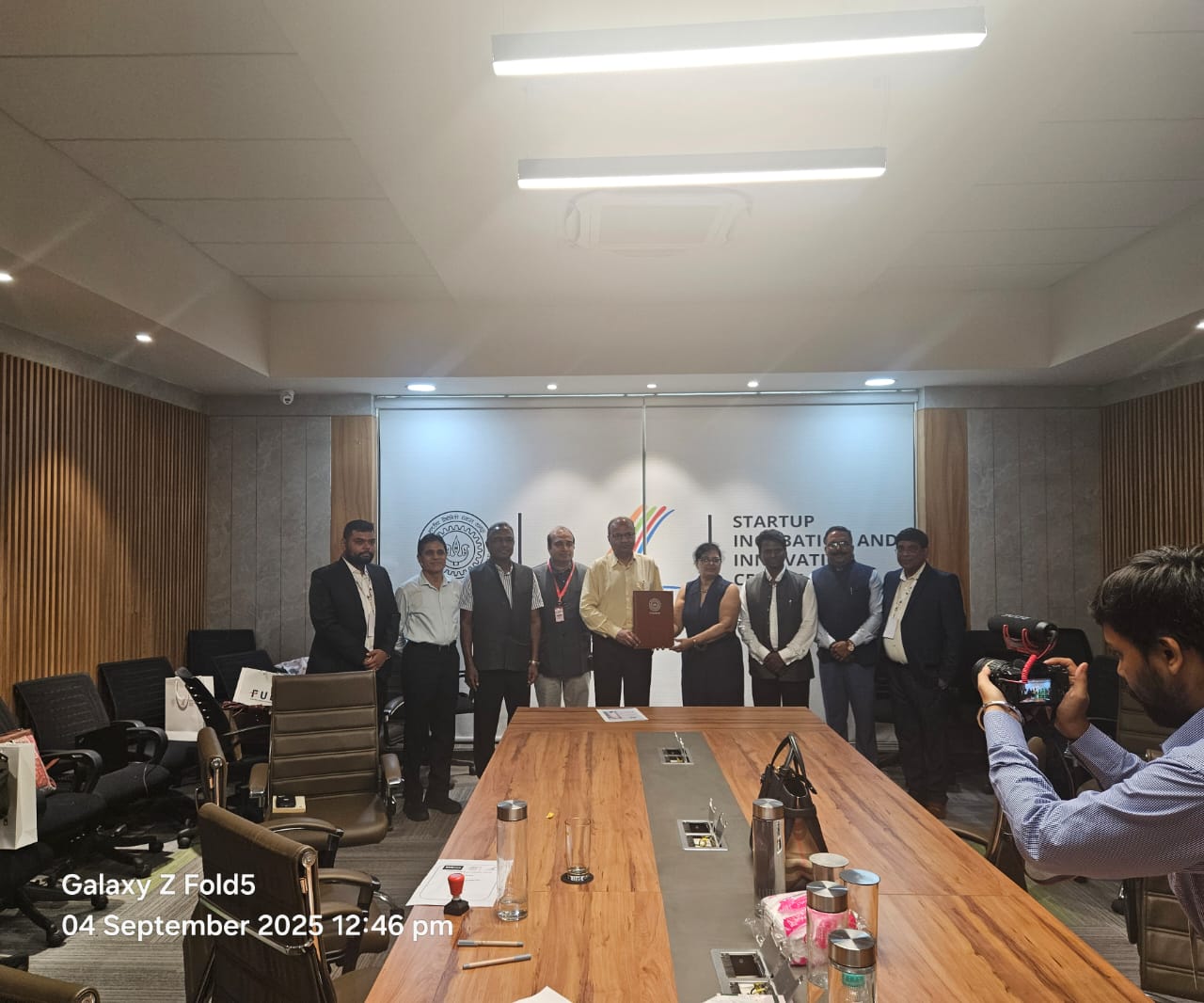
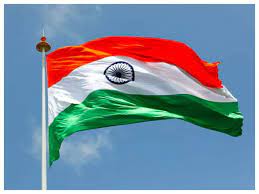
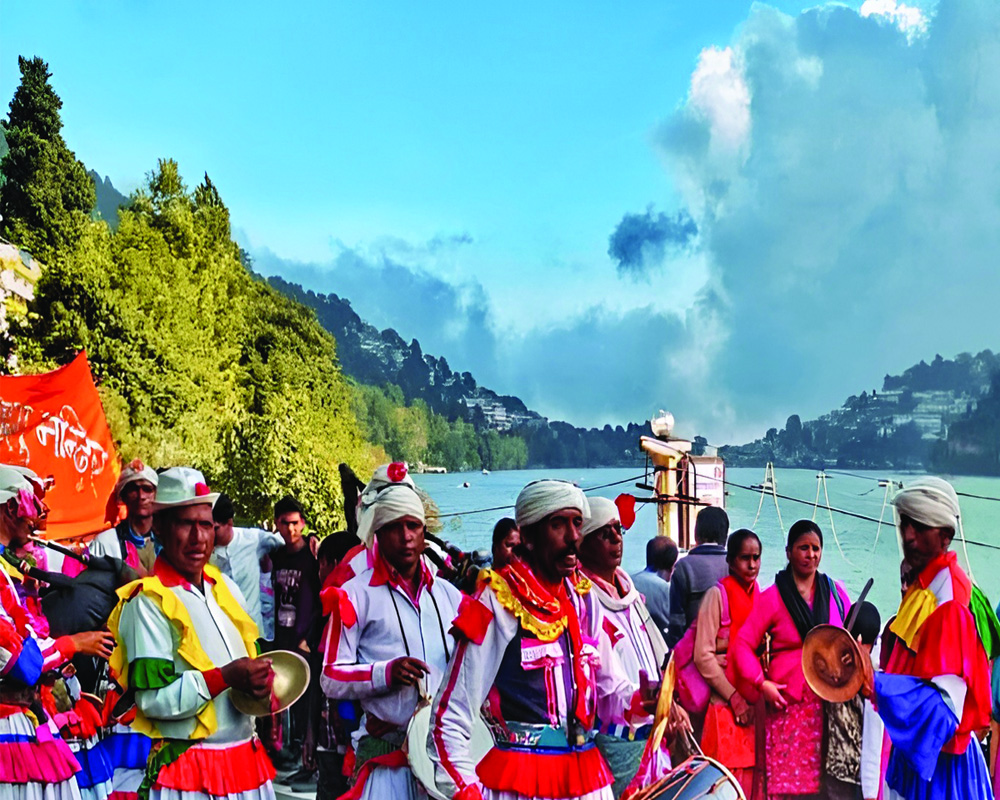






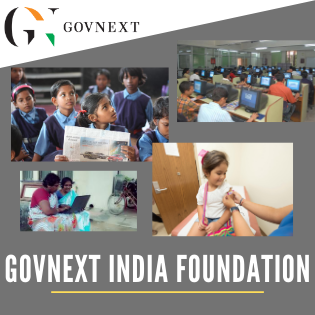


Comments (0)